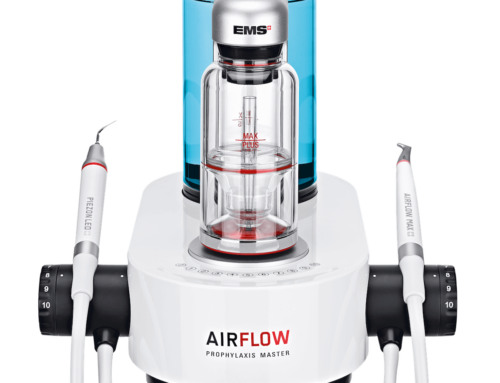Boils are not just limited to the skin. Unfortunately, anyone can develop gum boils – annoying pus-filled bumps that can destroy your teeth and gums. Gum boils are painful and tender, and you will have an uneasy time eating the foods that you love.
While gum boils can make you worried, they are manageable. You just need to follow a strict oral care discipline, as well as the advice of your dentist. If the gum infection is already at its peak, you probably need a special dental procedure.
Here are some important points about gum points or gum abscesses:
Two Main Types of Gum Boils
Gum boils are categorized into two main types – periodontal abscess and periapical abscess. It’s easy to know what type of gum boil you have. Periodontal abscess forms in the gum tissue, while periapical abscess forms within the tooth. The latter type of abscess is more serious and usually requires invasive dental surgery.
Here are some of the common symptoms of gum boils:
- pain and gum sensitivity
- swelling of gums
- abscess bleeding
- bad breath
- fever
- nausea
- earache
Your dentist’s main goal is to prevent the spread of the infection. A root canal procedure is advisable if the gum infection has already affected multiple teeth.
How to Deal With Gum Boils
There are many ways to deal with gum infection and to prevent the occurrence of other boils. Commonly, dentists will advise the use of antibiotics because of their bacteria-killing capabilities. Topical treatments can be used to complement antibiotics but they can only manage pain and inflammation.
A deep cleaning procedure is advisable for plaque removal. This procedure can also promote continuous healing within your gums. Dental draining is a follow-up procedure wherein the dentist drains the pus from your gum boils. Both procedures are important because they can reduce pain and gum sensitivity.
Taking Care of Gum Boils At Home
Home care plays an important factor in terms of pain management. The first thing that you have to do is to figure out the way you brush and floss your teeth. You need to brush and floss at least twice a day to prevent the formation of gum boils and reduce bacteria buildup. However, if you already have gum boils, you need to be extra careful. Be gentle, especially whenever you’re brushing or flossing around affected areas.
Nutrition is essential to gum abscess management. You must avoid sugary drinks (or sugar bombs) and processed foods as much as possible. This is difficult, especially if you’re used to consuming large amounts of sugar. Let go of sodas – they won’t do anything good for you. Smoking is also a big no-no! A stick of cigarette can compromise your immune system and worsen your gum infection.
Mouthwash can help in bacterial control but you shouldn’t rely on it often. If you constantly use mouthwash, you will feel constant mouth dryness and gum irritation. In a way, mouthwash defeats its own purpose! A safer alternative is a home saltwater rinse. Just mix a teaspoon of salt and a cup of clean, warm water. Then you can swish it all over your mouth for less than a minute. Repeat the method for up to 3 times per day to ensure maximum effectiveness.
Hydrogen peroxide is a common choice but you need to be careful in mixing it. If you do the mixture right, hydrogen peroxide can control bacterial growth and reduce pain. You should also check out DIY dental rinses if you have the luxury of time. Remember, these dental rinsing products are better than commercial mouthwash.
Conclusion
Don’t hesitate to see your dentist if you have a gum boil problem. Gum boils can ruin the quality of your life and spread infection at an uncontrollable rate. It’s better to be safe than sorry!
Here at Sherwood Dental, we will help you deal with gum boil problems. Contact us today if you need an immediate gum abscess treatment procedure!






